These Seven Species are considered special and holy and there are unique blessings for each species! Just as the vine and the olive, the fig is regarded as one of the staples of life and it is considered to be symbol of abundance and prosperity. WHEN ARE THE SEVEN SPECIES EATEN? The species are most traditionally consumed on Tu Bishvat - the Jewish "New Year for Trees" which is usually taking place on the 15th of the Hebrew month of Shevat that often takes place in January or February. In modern Israel trees are planted in celebration on this day. The species are also eaten on Sukkot, the "Feast of Tabernacles, an agricultural festival that originally was considered a thanksgiving for the fruit harvest, and on Shavuot, the "Festival of Weeks" that is associated with the grain harvest. THE FIG IN THE BIBLE The fig is mentioned in Genesis in the story of Adam and Eve. After eating fruit from the Tree of Knowledge in the Garden of Eden, which they had been commanded not to do by God.... 'the eyes of them both were opened, and they knew that they were naked and they sewed fig-leaves together..' thereby clothing themselves with fig leaves. In most Western art the forbidden fruit is depicted as an apple hanging on an apple tree, however the religious scholars debate that the fruit was rather a fig from a fig tree. In the Michaelangelo painting from the Sixtine Chapel in Rome, the tree is depicted as a fig tree. THE FIG SYMBOL IN MYTHOLOGY & ART In Greek & Roman mythology figs have been associated with Dionysus (Bacchus/god of wine & song) and Priapusin (a satyr) symbolizing sexual desire. The figs connection with sexuality is closely connected to its featuring in creation stories and its symbolism to fertility & fruitfulness. The Romans used the fig-symbol to express a sign of fruitfulness-blessing and as a symbol to ward off curses and to protect from the evil eye by showing a 'mano fico' (fig-hand). Because they associated the fig with female fertility and eroticism they used the gesture against the evil eye. The Hamsa Hand is also an amulet that is believed to wards off negative and evil spirits as well as to protect against the evil eye, you can read more about these on my blog. The Romans believed that the obscenity of the sexually related hand gesture would be a distraction to evil, and that demons would flee or be repelled by the sight of the gesture reflecting sex and reproduction. This hand gesture is however highly offensive today in many cultures. THE FIG - AN HONORABLE PRIZE WITH HEALTH BENEFITS! The early Greeks valued the figs, and used figs (the leafs/foliage and the actual fruits of the fig tree) as an honourable prize to present winners with, of different competitions. The fig was prized and thought of as a rich, delicious food, as well as a medicine. Dioscorides, The Greek herbalist devoted 3 chapters of Book I of the De Materia Medica solely to figs (I. 183–186.) The fig had a good reputation among herbalists in medieval times. Consuming the fig fruit was thought beneficial to the throat and lungs, it removed toxins from the kidney and could counteract poisons and reduce inflammations and much more. THE FIG LEAF CAMPAIGN AND MODESTY IN ART Greek and roman classical statues that depicted heroic nudes and naked bodies continued to be appreciated during the late empire, yet with the rise of Christianity and the influence of the church, the nudes of the classical antiquity began to symbolize a "pagan" past and idolatry, within medieval Europe and the Byzantine Empire. Nudity began to play a lesser role than before. Centuries later during the Renaissance, artists were again captivated by the ideal ancient forms and they began to revive classical values, restoring the nude figure as a symbol of beauty and ideal. The artists began to fill palazzi with frescoes and nude statues. As the Italian catholic church grew stronger, religious forces began to resist the freedoms taken by artists. And the 'fig-leaf campaign' was born. The Vatican began ordering reforms which included censorship of nudity in art. To deal with 'the problem', statues were covered with fig leaves and paintings had leafs or cloths added on the nude parts of the bodies. The great Renaissance artist Michaelangelo's painting in the Sistine Chapel in the Vatican 'The Last Judgement' (1533-41) was not spared and was nude areas were painted over with loincloths, twice in the 1500s, and then again in the 1700s. The last many years much restoration work has been made in an attempt to restore paintings and sculptures, including on the Last Judgement were many loincloths have been removed. You can read more about the symbols i use in my art on on my website blog such as articles about the Hamsa Hand, The Eye, The Fish, The Dove, The Eagle, The Double-Headed Eagle, The Tree of Life, The Chai, The Pomegranate, The Hebrew Letters and more!
Feel free to write to me through my website if you have any questions or elements you're curious about.
0 Comments
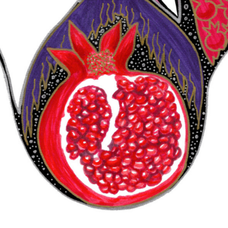 Detail from Hamsa Hand artwork, May-Bell Bareket, A4, Ink on paper Detail from Hamsa Hand artwork, May-Bell Bareket, A4, Ink on paper THE POMEGRANATE The red fruit is a classic symbol which is highlighted even more so as the Jewish new year (Rosh HaShana) approaches. The pomegranate which in Hebrew is called Rimon is considered to be one of seven agricultural species or special products of Israel known as שבעת המינים, Shiv'at HaMinim, the others being wheat, barley, grapes, figs, olives, and dates. There are many references to these foods in the Bible and they are listed in the Torah in Parashat Eikev (Deuteronomy 7:12-11:25) "For the LORD your God is bringing you into a good land, a land with streams and springs and fountains issuing from plain and hill; a land of wheat and barley, of vines, figs, and pomegranates, a land of olive trees and honey; a land where you may eat food without stint, where you will lack nothing; a land whose rocks are iron and from whose hills you can mine copper." In the ancient days, pomegranates were often eaten fresh or turned into juice. The symbol of the pomegranate was used on decorations on the hem of the robe of the high priest as depicted in the photo, and on the Temple pillars, and embossed on coinage. A SIGN OF BLESSING What is it that makes the Pomegranate such a strong symbol and why is it considered a Biblical sign of blessing? Some suggest that it is because the pomegranate is different from fruits that are made up of pulp and seeds as the pomegranate is made up mostly of its seeds and it doesn't have much pulp. Usually, the pulp of the fruit is used by the fruit to "feed" and maintain itself, and it is the seeds of the fruit that are used to grow and bring more fruit into the world. The seeds themselves naturally therefore symbolize the granting of more fruit and being blessed with more fruit. The pomegranate - being mostly seeds- has therefore come to symbolize blessing. THE TORAH SCROLLS With its symbolism as well as its royal crown on the top of the fruit, many Torah scrolls have pomegranates as decorations, and the fruit has also come to symbolize or become associated with the 613 Mitzvot (commandments) of the Bible. The pomegranate, which is originally associated with the Torah, is today an integral part of the Torah scroll throughout Jewish congregations. Originating from the Middle Ages, the two wooden rollers that holds the Torah scroll were decorated with ornaments in various shapes of fruits but very often in the shape of pomegranates. The caps of the Torah rollers are called Rimmonim (the plural form of Rimon which in Hebrew means Pomegranate). The Rimmonim are usually made out of silver and they often reflect the creativity and artistic traditions as well as the size of the pocketbooks of their different communities (Abram, 2009). In a recent find of a 200 year old Torah scroll from Iraq, a microscopic sample of the scroll's ink revealed that it was made out of pomegranate juice concentrate! The examination also revealed that the scroll was likely written in the Kurdish region in northern Iraq. A SYMBOL OF LOVE AND FERTILITY In Judaism the pomegranates are also considered to be symbol of love as well as fertility (much like the fish). Therefore the pomegranates are often mentioned in many biblical texts such as for example the beautiful Song of Songs (Song of Solomon). In The Song of Solomon the lovers create an association or a link to the pomegranate and its juice with romantic encounters (Abram, 2009). “Let us get up early to the vineyards; let us see if the vine flourish, whether the tender grape appear, and the pomegranates bud forth: there will I give thee my loves” (Song 7:12) “Thy lips are like a thread of scarlet, and thy speech is comely: thy temples are like a piece of pomegranate within thy locks” (Song 4:3). The pomegranate’s many seeds, and with its sensuous red color reminding us of the blood of life, and its connection with the land’s productiveness—all suggest this fruit is a symbol of human fertility. I use the fish symbol which symbolizes fertility and success in my Hamsa Hand artwork, as well as other symbolic elements such as the dove , the eye, the eagle , the double-headed eagle and more! If you want to read about the Hamsa Hand symbol itself you can check out my article about it in my blog as well. For Hamsa Hand art prints you can find them in my online shop! POMEGRANATES FOR ROSH HASHANA The Jewish new year is celebrated with a New years dinner also called a seder. Different symbolic foods are part of blessings , such as apples dipped in honey to symbolize a sweet new year. Before eating each symbolic food, it is held and the blessing is recited. Before eating the pomegranate the blessing is therefore said: יְהִי רָצוֹן מִלְּפָנֶיךָ ה' אֱלֹהינוּ וֵאלֵֹהי אֲבוֹתֵינוּ, שֶׁנִּהְיֶה מְלֵאִים מִצְוֹת כָּרִמּוֹן May it be Your will, Lord our God and the God of our fathers, that we be filled with mitzvot like a pomegranate [is filled with seeds]. If you enjoyed this article, check out my other articles in my blog! Below are photos from last years table-setting that i did (2017). The symbolic fish , pomegranates , apples and honey are all represented. Shana Tova! Reference: Abram, M. (2009). The Pomegranate: Sacred, Secular, and Sensuous Symbol of Ancient Israel |
MAY-BELL
|
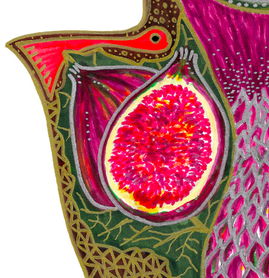
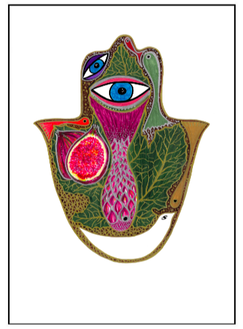
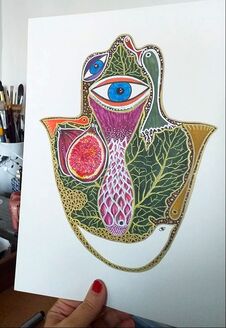
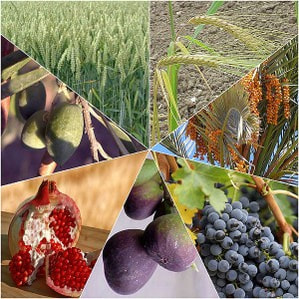
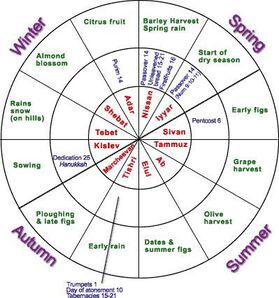
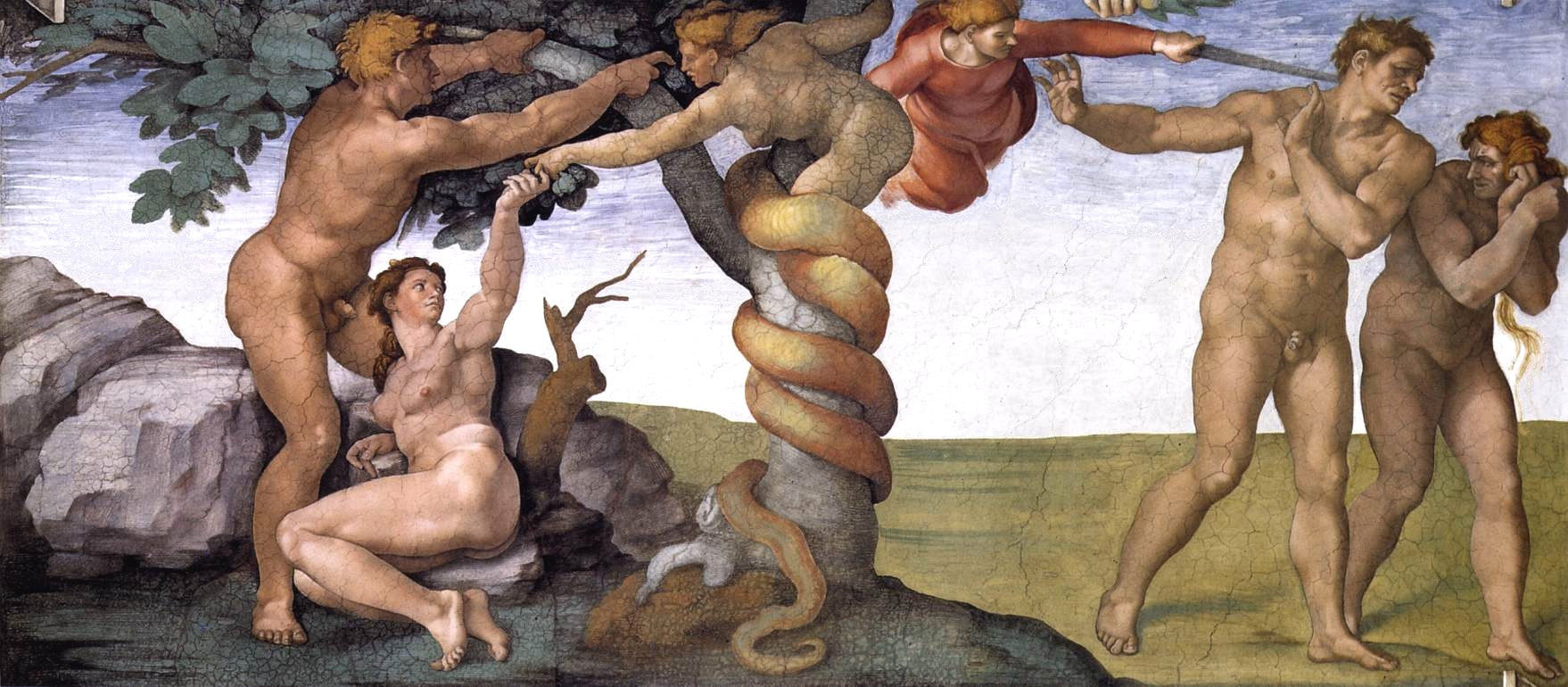
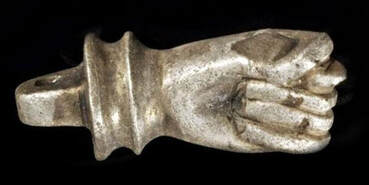
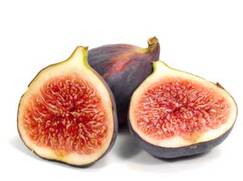

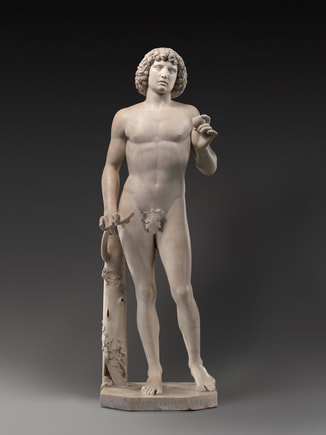
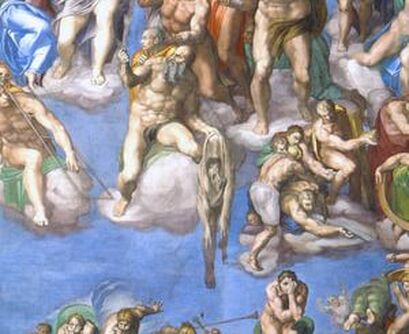

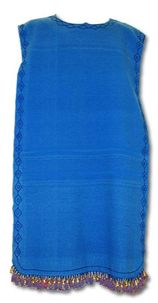
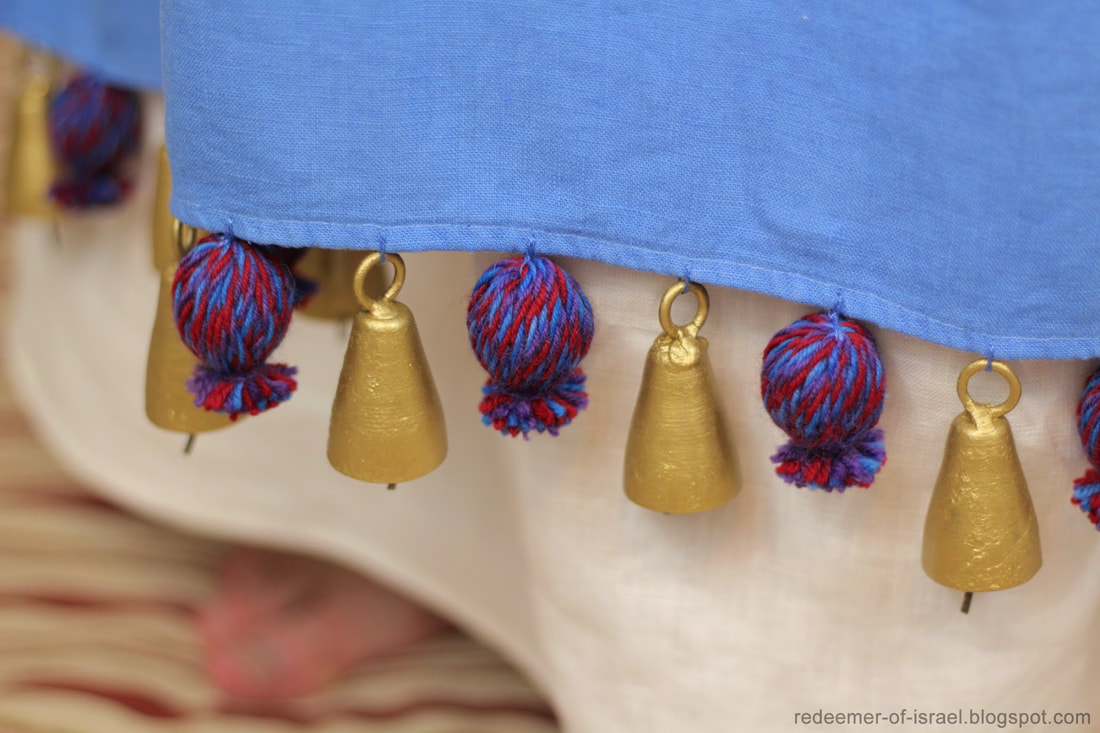
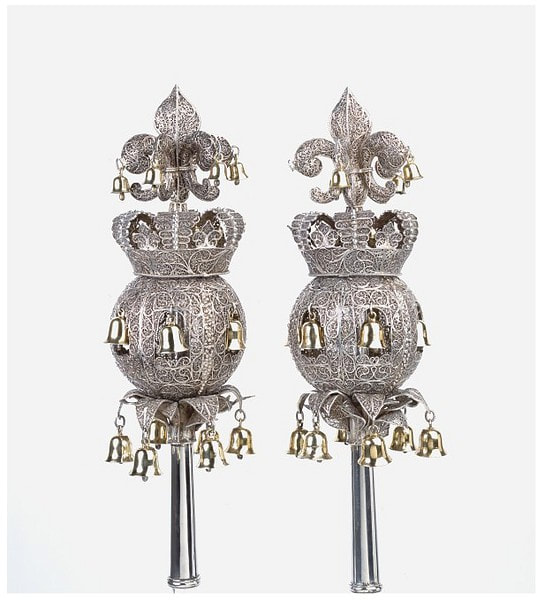
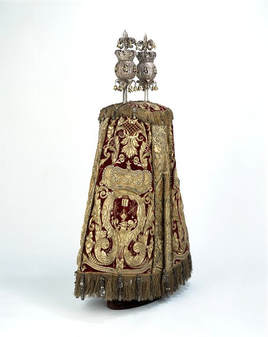
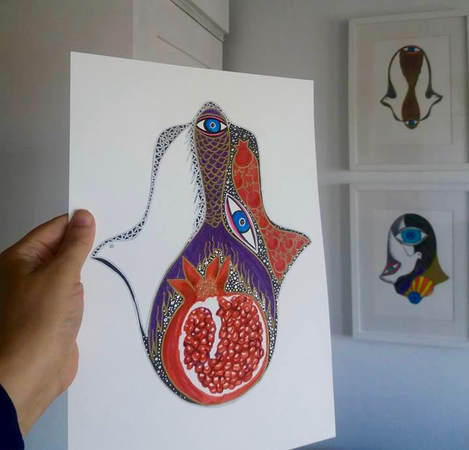
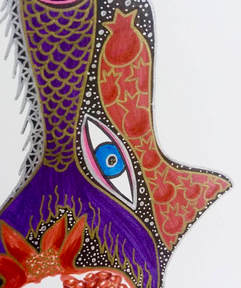
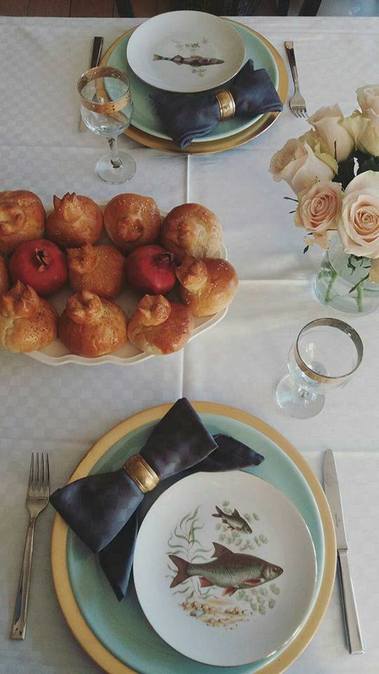
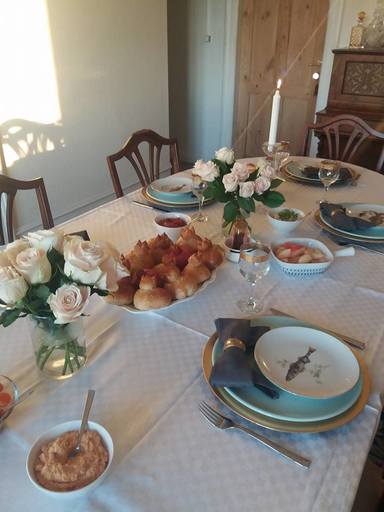
 RSS Feed
RSS Feed
